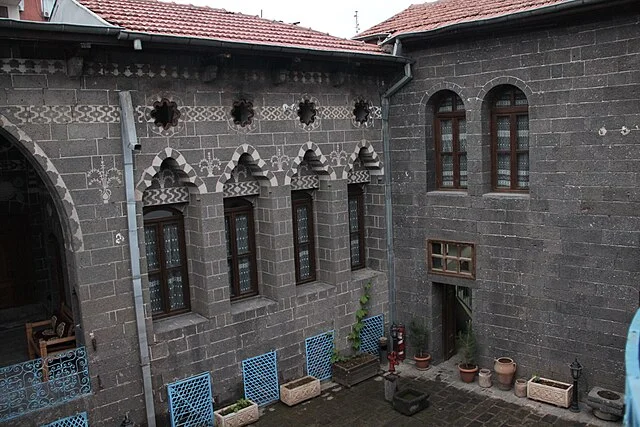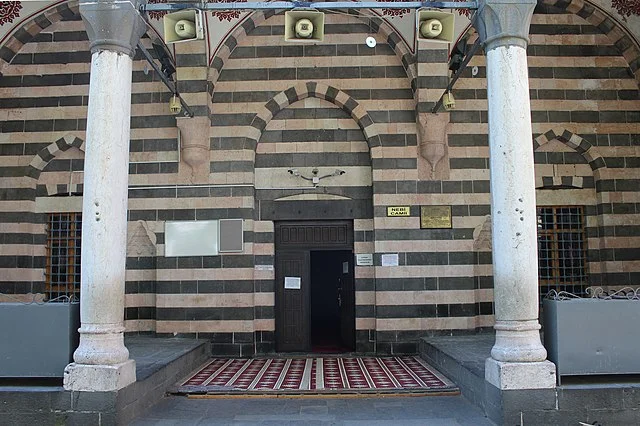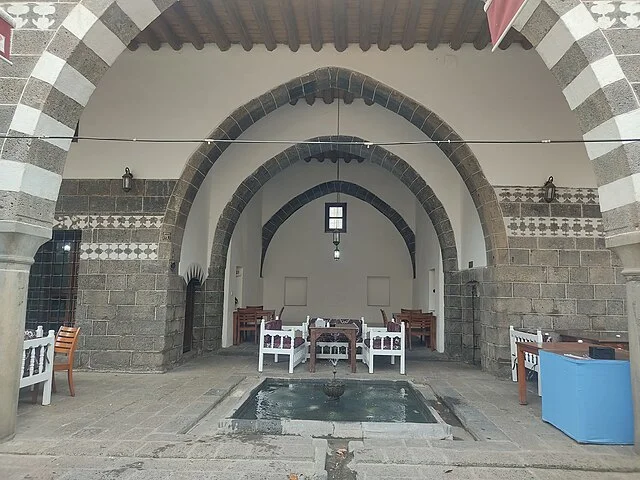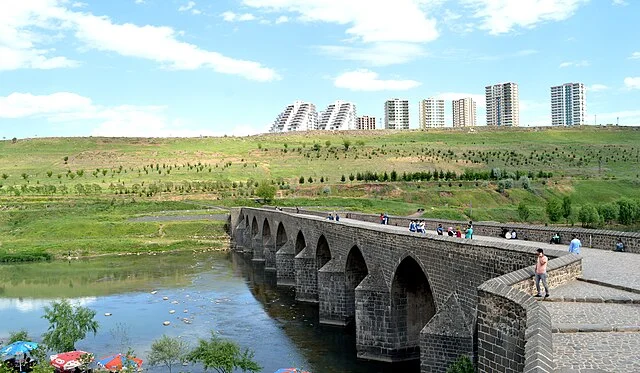Amida, an ancient city located in the southeastern part of modern-day Turkey, holds significant archaeological and historical importance. Known in antiquity as Amida or Amed, it is situated near the Tigris River and has been a key site through various periods, particularly during the Roman, Byzantine, and Islamic eras.
Get your dose of History via Email
Geography and Location

Amida’s strategic location near the Tigris River made it a vital settlement for trade and military control. It lies within the borders of what is now Diyarbakır Province in Turkey. The city’s position between Mesopotamia and Anatolia allowed it to serve as a cultural and economic hub for centuries.
Ancient History

The history of Amida dates back to at least the 3rd century BC. It was originally a small settlement under the control of various Mesopotamian empires. Over time, the region came under the influence of the Seleucid Empire and later, the Parthian Empire.
In the 1st century BC, Amida gained further prominence as a military outpost in the Roman Empire. The Romans recognized its strategic importance and fortified the city with impressive walls, which still stand today in parts of the modern city of Diyarbakır. These walls, stretching over 5 kilometers, represent one of the most intact examples of Roman military architecture.
Roman Period

During the Roman period, Amida was of great strategic value, acting as a key military and trade center. It was part of the Roman province of Mesopotamia. The city’s fortifications, including gates and towers, were reinforced to protect against invasions from the Parthians and later the Sassanids.
One of the most notable events in Amida’s history occurred in 359 AD when the city was besieged by the Sassanid King Shapur II. Despite the Roman defenses, Amida fell after a prolonged siege, marking a significant moment in the conflict between the Roman and Sassanid empires. Following this, Amida was briefly controlled by the Sassanids until it was later recaptured by the Romans.
Byzantine Era

During the Byzantine period, Amida remained an important fortress. The city continued to be a key military stronghold, especially during the conflicts between the Byzantines and Sassanids. The city’s walls were further expanded and strengthened during this time, reflecting its ongoing strategic importance.
In 637 AD, following the rise of Islam, Amida came under the control of the Arab Caliphate. The city was incorporated into the growing Islamic Empire, which ushered in a new era of cultural and political change. However, the city’s fortifications continued to stand as symbols of its earlier Roman and Byzantine past.
Islamic Period

Under the Islamic Caliphates, Amida became a part of the larger Islamic world. It became an important center for the Arab Empire, particularly during the Umayyad and Abbasid periods. The city retained its status as a key military and administrative center, and its strategic location continued to make it valuable for regional control.
Over time, Amida came under the control of various Turkish dynasties. The city saw further changes in its structure and governance as it transitioned into the medieval period.
Modern-Day Amida

Today, the site of Amida is recognized as the modern city of Diyarbakır. The ancient walls, which have been designated a UNESCO World Heritage Site, still surround parts of the city, offering a glimpse into the past. Excavations continue to reveal more about the city’s history, from its Roman fortifications to its Byzantine and Islamic layers.
Amida’s rich history as a strategic military and cultural center has made it an important site for understanding the history of the region. The city’s legacy continues to be preserved and studied by historians and archaeologists alike.
Conclusion
Amida, with its long and varied history, stands as a testament to the shifting powers and cultures of the ancient world. From its origins as a small settlement to its role as a military stronghold under the Romans, Byzantines, and Islamic Caliphates, Amida reflects the historical complexity of the region. Today, its archaeological remains offer valuable insights into the past, making it an essential site for historical and archaeological study.
Source:

